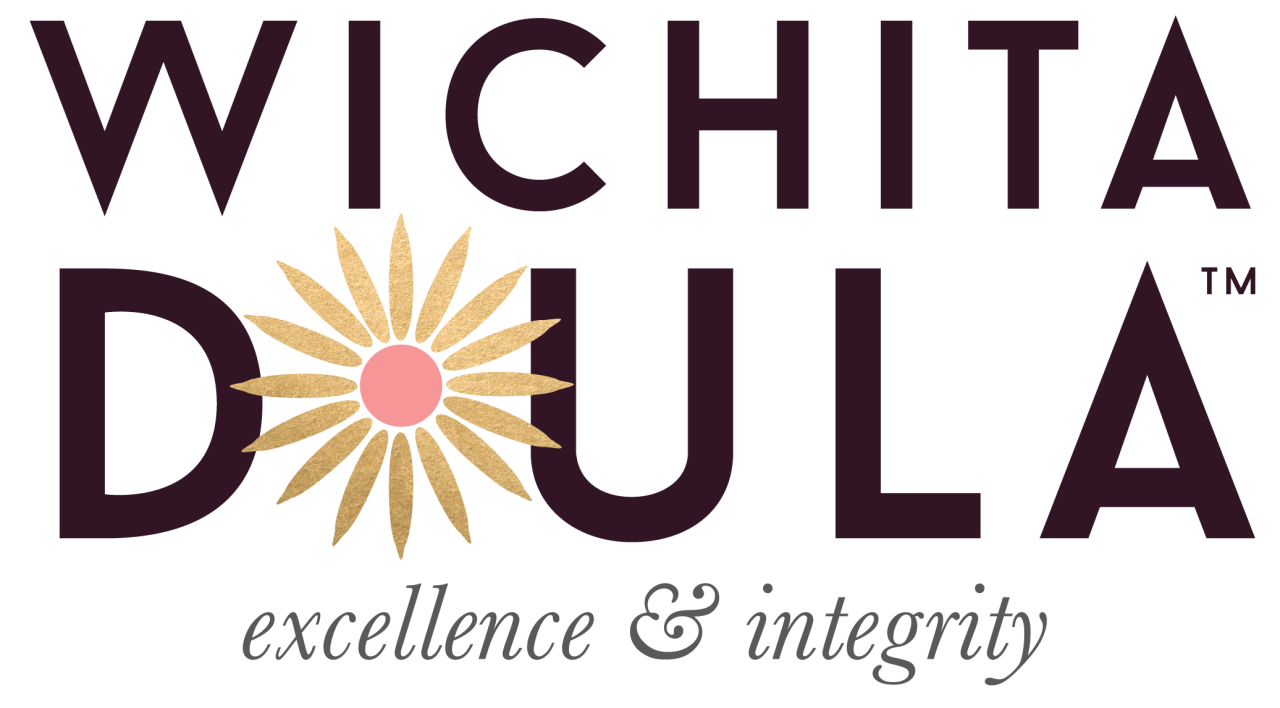One of my favorite rehabilitation approaches to practice and learn more about is DNS, or Dynamic Neuromuscular Stabilization. Pavel Kolar of the Prague School, organized the DNS clinical protocols and has also recently published a book, Clinical Rehabilitation. I swear, every time I open this book my mind is exposed to something new, or a correlation is drawn between two things I never placed together. There is a chapter specifically dedicated to treatment rehab in the fields of obstetrics and gynecology, from which this blog is sourced. Get ready for a crash course in all things childbirth!
Most of us tuned into a certain world-wide sporting event that happened very recently. Thousands of athletes in many different sports, trained countless hours to prepare for this life changing event. So, what does the Games have to do with prenatal/postpartum health and breathing?? Let me explain.
In America, we have lost respect for the birthing process and everything it entails. Pregnancy should be treated as an athletic event, but instead most postpartum moms are checked on once at 6 weeks and given very little direction on how to return to daily activities. For years, mothers have suffered in silence because they are embarrassed by the changes in their body or they don't believe that anything can be done to treat their symptoms.
Luckily, in the past several years, a system of support has risen to the surface with the goal of being available to help women through this physically and mentally taxing process. Don't get me wrong, having a child is innumerably positive but I would like women to be aware that we can add more positives to that list such as: being free of back or pelvic pain, returning to pre-baby physical activities, bladder control, and feeling strong again! This is where breathing comes into play; without this proper function, it is difficult to accomplish the above-mentioned list.
The two main reasons breathing is so vital are 1) we need oxygen to live, and 2) it involves our core i.e. where we derive stability for all movements. The more prepared you are before becoming pregnant, the quicker you will make progress. Tissues in the core are disrupted with pregnancy and will take time to heal. Also, if a breathing pattern is improper, it must become a conscious effort to retrain. Once this begins to happen, your core will be able to better stabilize your lower back, pelvis, and hips and subsequently relieve you of your pain or incontinence.
The main muscle of respiration is the diaphragm. It cannot work if you do not allow your belly to expand with inspiration, or breathing in. Think of your belly as a balloon or a kite. It is there to essentially 'catch' the contents of your abdomen when your lungs expand to receive oxygen. The easiest position to work on proper abdominal breathing is lying on your back with your lower legs resting on a chair or the couch. Once you are in this position, check that there is not an arch in your lower back and that the spine is resting on the floor. Place one hand over your belly button and the other on your chest. When you inhale, the lower hand should rise while the upper hand should not. This may be difficult at first, but stick with it! Your body and your baby will thank you for it.
The Neck
Benefits
Humans are most comfortable with their eyes level with and on the horizon. When babies are lying on their tummies, they do not leave their foreheads on the ground to stare at the floor! Instead, each will upright the head in order to take in the world around him or her; this is precisely how the spinal curve of the neck begins to develop. Of course, infants will not be able to achieve full head uprighting at first, as this in itself is a 'skill' to develop. But even from a young age, the baby will look from side to side. Once a baby masters the ability to support the head, he or she easily will progress to a more difficult movement pattern - requiring head control - such as crawling or walking.
Milestones
Many parents feel pressure from outside sources to rush their child through stages of development. They hear stories of how a friend’s kid walked at only 10 months old and wonder if their own baby is behind because they are not reaching the same milestones as quickly.




